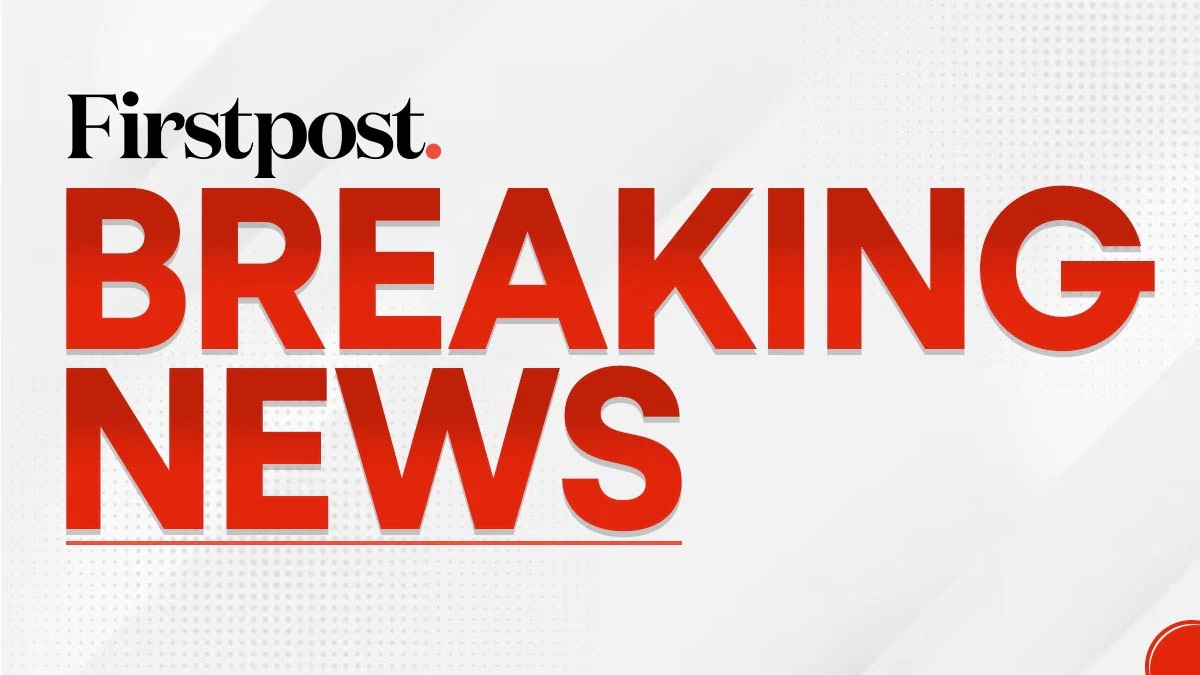

In a recent escalation of trade tensions, former U.S. President Donald Trump has asserted that India is "not a good trading partner," signaling his intent to raise tariffs on Indian imports. This announcement, made publically, suggests that the tariff hike could be implemented swiftly.
Trump's renewed focus on India's trade practices comes on the heels of previously imposed tariffs, with the U.S. President declaring a 25% tariff on all Indian imports, effective August 1, 2025. This initial tariff was accompanied by a veiled threat of further penalties related to India's acquisition of energy and military assets from Russia, highlighting the intersection of economic policy and geopolitical strategy.
Several factors appear to be driving the Trump administration's stance:
India's Ministry of External Affairs has countered these criticisms, deeming them "unjustified" and pointing to the hypocrisy of nations that criticize India while continuing their own trade with Russia. India has defended its imports as necessary to ensure affordable energy costs for its consumers.
The United States is India's largest trading partner, with bilateral trade reaching $131.84 billion in 2024-25. Both countries have expressed a desire to increase this to $500 billion by 2030 and are trying to negotiate a Bilateral Trade Agreement. India's exports to the U.S. include electronics, pharmaceuticals, textiles, and gems.
Some analysts believe that Trump's tough stance is a negotiation tactic aimed at securing a more favorable trade deal for the U.S.. However, the current trajectory risks undermining the progress made in U.S.-India relations over the past two decades. Some see the tariffs and threats as "blunt coercion" and interference in Indian foreign policy. These actions have also sharpened the conflict between Trump's "America First" and Modi's "Make in India" visions.